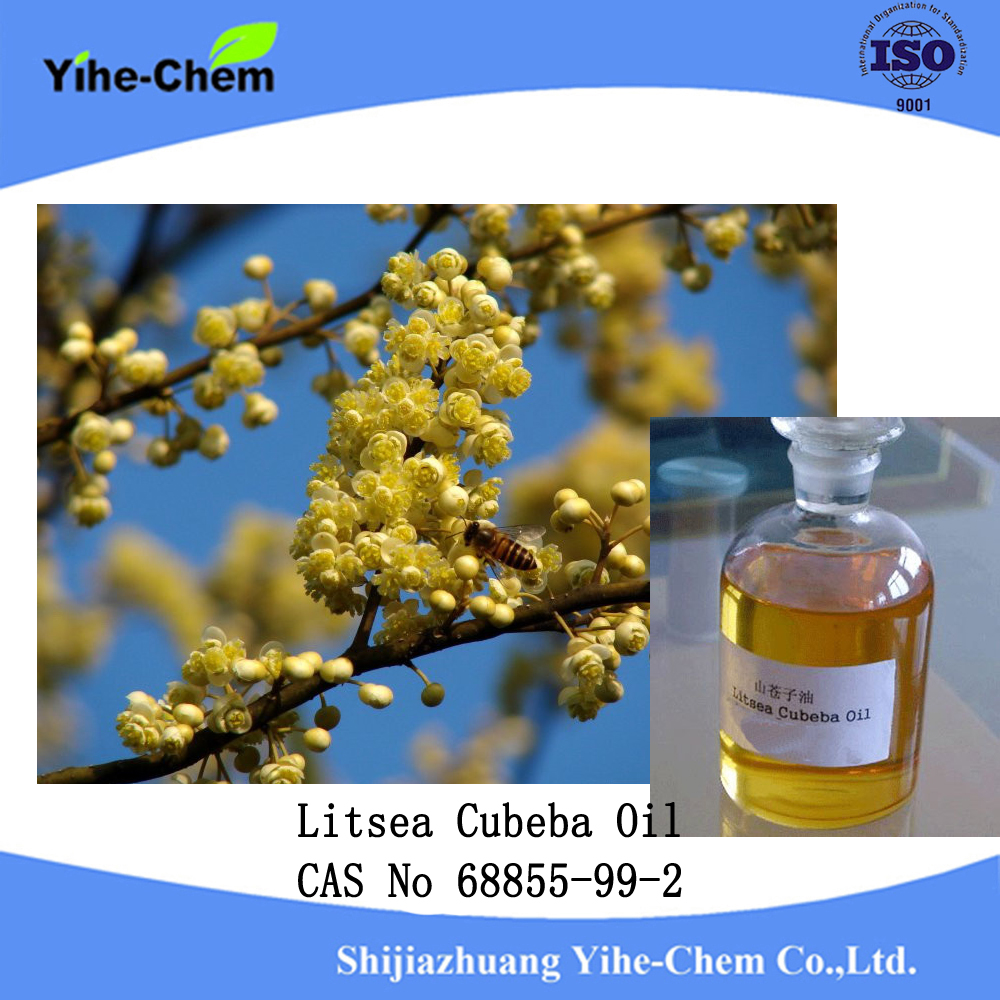In the mixing cyanide leaching operation, the main problems that should be paid attention to in technical operation are:
1. Strictly control the cyanide concentration. During the leaching process, sodium cyanide concentration is one of the main factors affecting the dissolution rate of gold . Suitable sodium cyanide concentrations are determined by experimental and production practices. A lower cyanide concentration should be used to ensure that the leaching rate is not reduced.
The control of the sodium cyanide concentration in the leaching operation depends on the mineral species associated with gold in the cyanide ore, the type and content of harmful impurities in the leaching solution, the aeration stirring strength, and the amount of lean liquid returned. The general rule is that the total mud cyanide is lower than the sodium cyanide concentration controlled by the cyanide leaching operation of the flotation concentrate; the cyanide raw material contains more impurities than when the impurities are less; the percolation cyanide is higher than the stirring cyanide; The greater the return of lean liquid, the higher the concentration of sodium cyanide should be.
The control of sodium cyanide concentration in the leaching operation should follow the following principle: Under the premise of ensuring the dissolution efficiency of gold, appropriately reduce the concentration of sodium cyanide, so that the concentration of sodium cyanide in each tandem leaching tank is the same, or the sodium cyanide in the front leaching tank The concentration is higher than the latter. The smaller the fluctuation range of sodium cyanide concentration controlled by each leaching tank, the better. The higher the ratio of the total number of leaching tanks and leaching tanks to which sodium cyanide is added, the better. The more the sodium oxide concentration is measured, the better it will be, which will help to control the operating conditions. Sodium cyanide is generally added to each tank at a concentration of about 10%.
2. Minimize production fluctuations. Before the leaching operation, there are processes such as drug removal, washing, dehydration, etc., and the process of leaching at the stage must control the leaching operation to balance the ore supply. For example, before the leaching operation, the thickener is used for drug removal, and the stage leaching and thickener countercurrent washing process are adopted. The thickener should be uniformly and continuously discharged, and the concentration of the ore should be within the specified range.
The concentration of pulp in the leaching operation not only affects the stability of production, but also affects the consumption of Chemicals, leaching time, aeration conditions, and even leaching technical indicators.
In order to stabilize the ore properties, the cyanide plant should be suitable for ore blending. The flotation concentrate cyanide plant should strictly control the concentrate grade and reduce the fluctuation range of cyanide ore.
3. Grasp the changes in the production process and grasp the initiative of production. Always contact the relevant processes to master the mineral amount, the nature of the ore, the content of harmful impurities, the change of grinding fineness, and adjust the operating conditions in time. When the ore content fluctuates greatly, the number of determinations of sodium cyanide should be increased, and the technical operating conditions should be adjusted in time.
4. In order to prevent the leaching tank from "sitting dead", the leaching tank should not be operated for too long. In the treatment of coarse particle size, large specific gravity, small slurry concentration, when using air to increase the agitation tank, it is not possible to stop for a long time.
5. When parking maintenance or accidental ore mining, uniform and continuous mining should be carried out to ensure the normal operation of washing operations.
6. Always check the air and gas pipelines to ensure that the leaching tank is inflated and the air is evenly dispersed in the slurry.
7. Ensure the stirring capacity of the agitation tank, make the concentration and particle size of the slurry in the agitation tank consistent (except the mixing tank), and replace the worn stirring impeller in time.
8. Always check the return amount of lean liquid, the concentration of lime and the amount of other chemicals added to ensure that it is within the specified range.
Plant essential oils are volatile compounds that have been widely used in perfumery, aromatherapy, cosmetics, and for flavoring food and drink, and to a lesser extent, been used in food preservation, in medicine and household cleaning products.
Natural Borneol
Litsea Cubeba Oil
Alpha-Terpineol
Clove Oil
Eucalyptus Oil
Camphor Oil
Citronella Oil
Benzaldehyde
Benzyl benzoate
Hydroquinone
Dimethylbenzylcarbinyl butyrate


Plant Essential Oils,Litsea Cubeba Oil,Eucalyptus Oil,Camphor Oil,Citronella Oil
shijiazhuang yihe-chem co.,ltd , https://www.yihe-chem.com